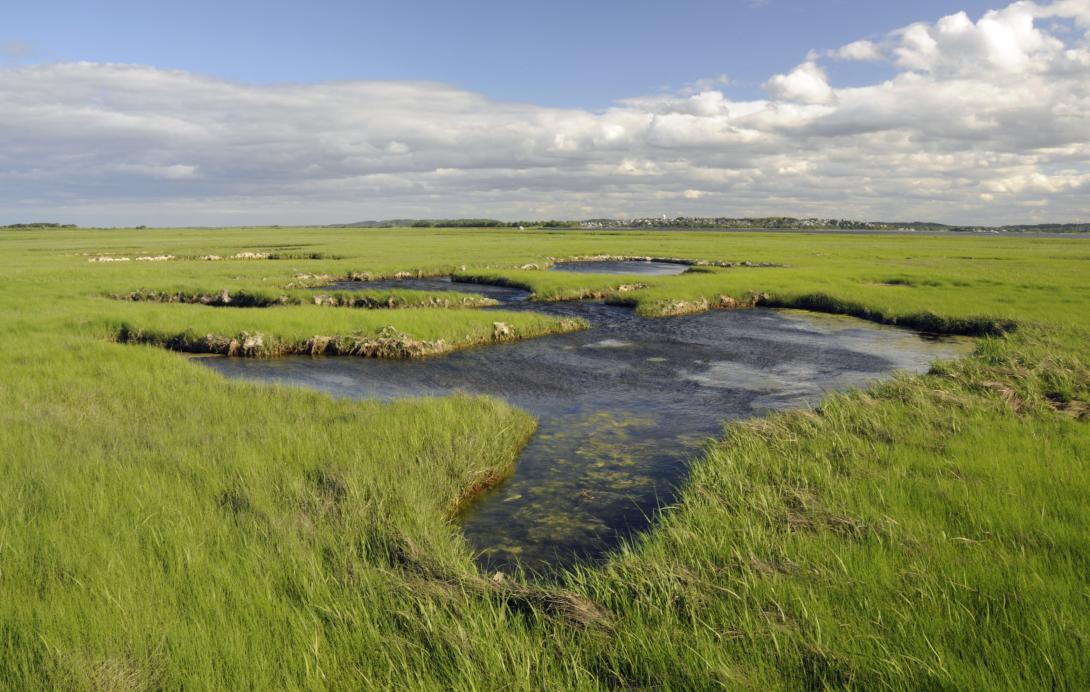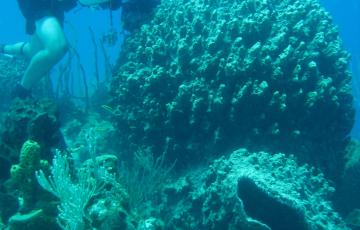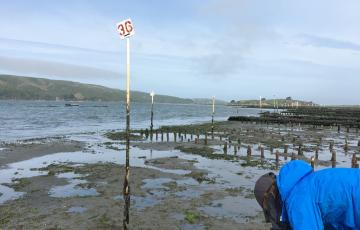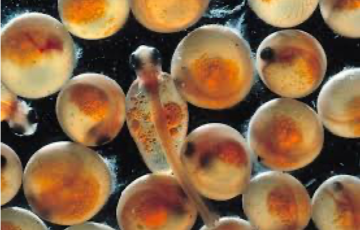Totally Terrific Terrapins
To download the terrapin activity page, click here.
Terrapin Facts

- Terrapins are Maryland’s state reptile
- Male terrapins can grow to 5.5 inches, while females can grow to 11 inches
- Terrapins live in salt marshes and coastal waters of North America, from New England to the Gulf of Mexico
- Like sea turtles, terrapins must find egg-laying sites on beaches above the high tide line
- The temperature of the nest has a big impact on terrapins: cooler nests (~80ºF) produce male offspring while warmer nests (~88ºF) produce female offspring
- Terrapins cry tears to remove excess salts when they are in estuarine, or slightly salty, waters
Where can I meet a terrapin?

You might find a terrapin while you’re out in the coastal environment of the Chesapeake Bay, but you should be sure not to disturb those wild terrapins.
If you visit IMET, you can see a terrapin we keep for kids to meet. Its name is Flipper and has a bit of a fan club at IMET. They once imagined what it would be like for the turtle to take a trip around the world, making postcards like the one pictured here.
You can also check out the National Aquarium’s Terrapin in the Classroom program, which enables schools to care for hatchling terrapins.
Turtles: Up Close and Personal

- Google turtle on a smartphone. Click “view in 3D” and follow the instructions on your screen to make a sea turtle appear in your home. (If you don’t have a smartphone available, find some images of a sea turtle from different angles.)
- Look at the turtle from different angles and start writing down some things you notice.
- Look head-on at the turtle. Do you see the eyes? Do you see nostrils? Do you see any teeth? Turtles do have nostrils in the front of their head, or on their “beak.” They are reptiles, so even turtles that spend their life in the water need to rise above the surface to breathe. Hibernating turtles can stay under water for several months!
Turtles do not have teeth, but that doesn’t mean they have no bite! Turtles jaws can be powerful and help them protect themselves and find food. Have you ever heard of a snapping turtle?


